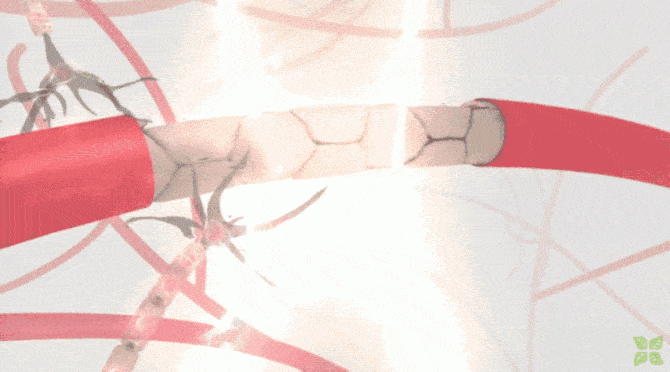The blood-brain barrier has been broken for the first time in history. Working with his team, doctor Todd Mainprize, of the Sunnybrook Health Sciences Centre in Toronto breached the barrier in a non-invasive manner, paving the way for revolutionary treatment not only for brain cancer, but also for Alzheimer’s, depression, strokes, and more.

“Frankly speaking, our ability to treat this type of tumour, glioma, is not so good. […] Between 1940 and 2005, there has been very little progress in improving the outcome of these patients. It went exactly as hoped.”
The treatment involves several stages. Firstly, the patient is dosed with medication; then, harmless microbubbles are injected into the bloodstream, and a high-intensity ultrasound beam is directed at the tumor, making the microbubbles vibrate. This vibration gently tears tears the proteins around the capillary walls, allowing the medication to break from the blood to the brain in a harmless and painless way – something impossible until now.
Hall’s tumor was what is known as a glioma, a type of tumor that is very difficult to operate due to its tendency to spread like a web. Attempting to remove all of a glioma from a patient’s brain surgically is extremely dangerous, and has a very high probability of ending in a fatality. Chemotherapy is also not particularly successful, because only 25% of the chemo treatment passes from the blood to the brain – but the negative effects are felt entirely by the body. Because chemo has such a high toll on the body, you can’t just increase the treatment, because that can be fatal too. This is where the technology developed by Dr. Mainprize enters the stage – it could change the way this medication reaches the brain.
As researcher and Sunnybrook Director of Physical Sciences Dr. Kullervo Hynynen put it, “It will revolutionize the way we treat brain disease completely. It will give hope to patients who have no hope.”
So far, the results have been positive on one patient, and other nine will be trialed. The research team is very optimistic about their odds of success:
“With […] this technique, you can selectively open almost anywhere in the brain and deliver whatever you want. Essentially, whatever you can think of is a potential study that may help in the future.”






